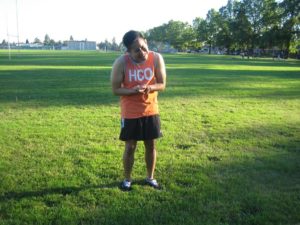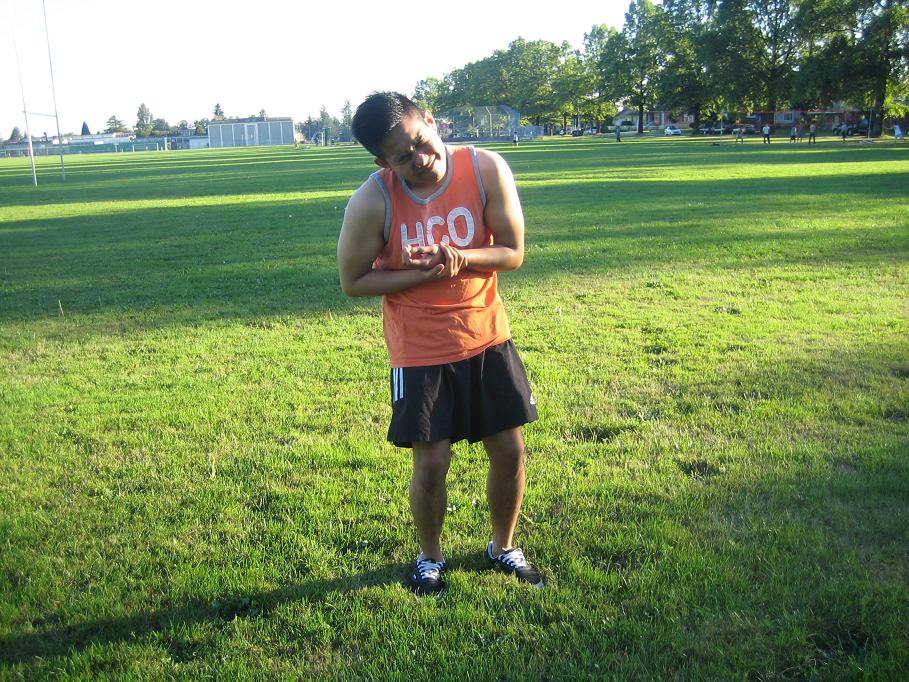A broken knuckle is usually caused by hitting a hard surface using the full fist such as the wall or floor. The knuckles are the hardest bones of the hands. Knuckles can also break from a fight and result to severe pain, discomfort and can disrupt with the regular activities.
The knuckles are joints of the fingers that are evident when clenching and making a fist. They include the metacarpophalangeal and interphalangeal joints of the finger. The knuckles found at the bottom of the fingers are called the 1st or major knuckles. Those found in the mid-finger are called the 2nd and 3rd or minor knuckles. The popping or cracking that can be heard when cracking the joints such as the knuckles is usually triggered by the synovial fluid that fills the vacuum due to displacement of the joint.

Symptoms of a broken knuckle
- A popping sound can be heard from the hand immediately after the injury especially hitting the knuckles on a hard surface which can cause the knuckles to break into pieces.
- A dull and throbbing pain. The broken knuckle can still flex without any increase in pain.
- After the injury, the affected area starts to swell. The injured area becomes stiff and there is difficulty with movements.
- Tingling and numbness of the affected area. The swelling will result to the compression on the nerves.
- Bruising of the area
- Sunken knuckles
- Stiffness of the area and nearby finger or fingers for a long time even after it heals, but sometimes the mobility of the finger or hand could not be restored fully.
- The affected bone can become infected by an infection in the tissue or bloodstream
- Proper healing of the knuckle takes a longer time and called as delayed union.
- The affected bone can heal in different states that result in a twisted or smaller form of bone called malunion.
- The bone will not heal back to its original state or non-union.
Treatment
- Clean cuts and scratches on the affected knuckles to prevent infections. Clean open wounds using a cloth or towel, warm water and antiseptic soap. Cover the open surface using a clean gauze dressing or bandage.
- Apply an ice pack on the affected area for at least 10-15 minutes immediately after the injury to prevent swelling. Avoid applying directly on the skin to prevent further damage. Wrap the pack using a towel before placing on the affected area.
- Elevate the hand above the level of the heart when sitting or sleeping to lessen the pain and promote proper blood circulation in the area. Raise the area using a couple of pillows to keep it elevated.
- Splint the affected finger to the adjacent finger to prevent unnecessary movement during the healing process for at least 3 weeks.
Disclaimer / More Information
The material posted on this page on broken knuckle is for learning purposes only. Learn to recognize and manage broken joints by taking a first aid and CPR class with one of our training providers.
FACT CHECK
https://www.healthline.com/health/broken-knuckle
https://www.webmd.com/a-to-z-guides/boxers-fracture#1
https://www.epainassist.com/sports-injuries/finger-injuries/broken-knuckle

